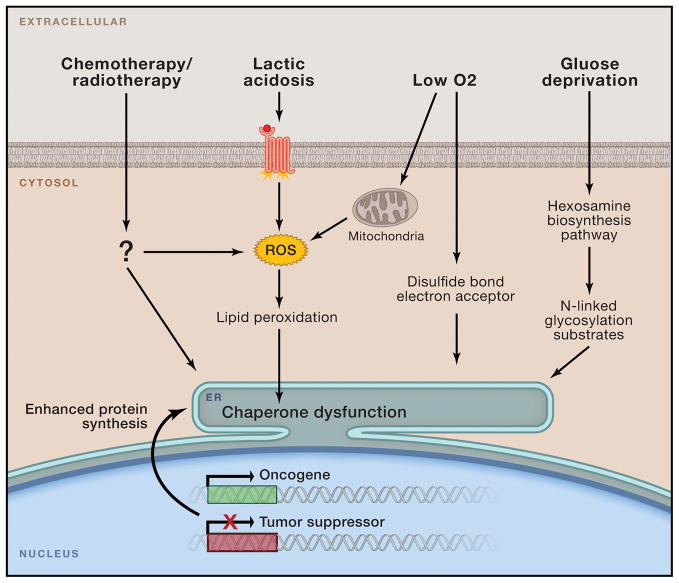Figure 1. Tumor microenvironmental factors and conditions perturbing ER homeostasis.
Malignant transformation mediated by oncogene activation and loss of tumor suppressor function places intense biosynthetic and bioenergetic demands on available cellular resources, triggering initial ER stress. Cancer cells may eventually adapt to these early challenges, yet as tumors expand they encounter a host of new environmental stresses including oxygen and nutrient deprivation, lactic acidosis, and multiple forms of clinical intervention. These stimuli can disrupt ER protein folding by limiting crucial reaction intermediates (i.e. O2, N-acetylglucosamine) or by directly disrupting chaperone function via ROS-mediated lipid peroxidation and covalent adduct formation.

